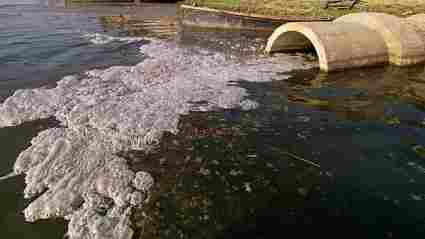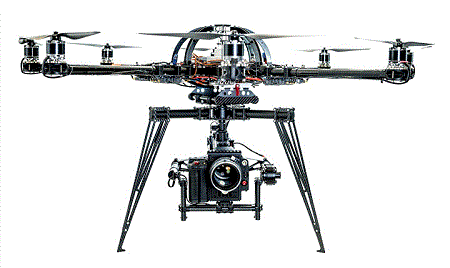A groundbreaking project aims to revolutionize the way Europe’s sewer networks are mapped, monitored, and maintained by leveraging autonomous robotic systems and AI-driven modeling and analysis tools.
By deploying these advanced technologies, the project seeks to deliver significant societal, environmental, and economic benefits. Rather than addressing sewer defects and blockages only after streets and homes have been flooded with wastewater, early detection and intervention will enable timely repairs and removal of obstructions while they remain small. This proactive approach will help reduce sewage spills into rivers, aligning with the recently approved Urban Wastewater Treatment Directive by the European Commission.
Overcoming Major Challenges
While sewer maintenance may seem like a straightforward task, the extreme conditions of underground wastewater systems present unique scientific and engineering challenges. “Robots are often deployed for dirty, tedious, and hazardous jobs in hard-to-reach places,” the project team explains. “Yet, few realize that one of the most complex, dangerous, and inaccessible environments lies just beneath our feet as we walk home each day.”
Currently, no autonomous robots can operate long-term in such harsh, featureless settings without human intervention. To navigate wastewater systems filled with solids and fats, new locomotion mechanisms must be developed. The robots also need advanced control systems to maneuver in dark, structurally constrained pipes of varying sizes and orientations.
Moreover, these robots must be intelligent enough to function independently for extended periods. Underground sewer networks lack communication infrastructure, GPS signals, and detailed maps. “We will use machine learning algorithms for underground navigation and defect identification,” explains the project’s lead researcher. “However, unlike large AI models such as ChatGPT, our robots have limited onboard computing power. They must be capable of processing information, learning, and making decisions autonomously with highly efficient AI.”
A Collaborative Effort
The project is led by TalTech and brings together a multidisciplinary consortium of 12 partners, including the Norwegian University of Science and Technology, the University of Sheffield, and several cutting-edge European technology companies. Among them is the Italian startup Herobots, which is pioneering novel actuation mechanisms, along with multiple water utilities contributing industry expertise.
By developing next-generation sewer robots, this initiative has the potential to transform urban wastewater management, making cities cleaner, safer, and more resilient.
Press release: TalTech – Tallinn University of Technology







